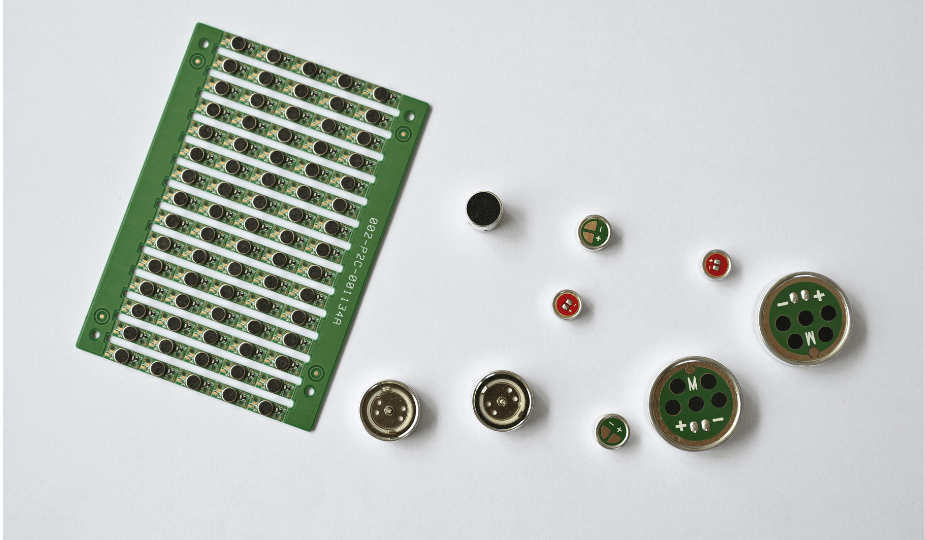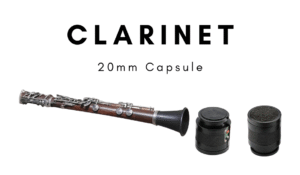
In the microphone industry, grasping the test conditions outlined in product specifications is crucial. These conditions not only influence performance assessments but also directly affect how products perform in real-world applications. This article will detail some common test conditions to help you better understand the performance characteristics of microphone capsules.
1. Importance of Test Conditions
Test conditions provide a standardized basis for evaluating microphone performance. These typically include load impedance (RL) and supply voltage (Vs), both of which have a direct impact on parameters such as sensitivity, frequency response, and signal-to-noise ratio.
2. Analyzing Sensitivity Parameters
In our test conditions, sensitivity ranges from -70dB to -25dB. Sensitivity refers to the microphone’s ability to respond to sound signals; higher sensitivity means the microphone can produce good output even at lower sound pressure levels. For example:
- -47±2dB (RL=680Ω, Vs=1.5V) is suitable for applications requiring high sensitivity, like recording and broadcasting.
- -30±2dB (RL=2.2KΩ, Vs=2.0V) might be used in higher sound pressure environments, such as live performances.
The variation in sensitivity across different RL and Vs settings is significant. Lower impedance (e.g., 680Ω) typically allows the microphone to deliver a stronger signal at lower voltages, making it ideal for sensitive applications. In contrast, higher impedance (e.g., 2.2KΩ) can handle higher sound levels but may require a higher supply voltage to achieve optimal sensitivity.
3. Impact of Output Impedance and Supply Voltage
Output impedance (RL) and supply voltage (Vs) are equally important in testing. For instance, RL=15KΩ with a supply voltage of 2.0V yields a sensitivity of -36±2dB. This combination can provide good signal stability and lower power consumption in specific applications.
Testing at different RL and Vs values is crucial because these parameters affect how the microphone interacts with other components in a circuit. A lower RL can result in a stronger signal but may introduce noise if the voltage isn’t sufficient. Conversely, higher RL can improve noise performance but may require higher voltage to maintain sensitivity.
4. Application Scenarios for Different Combinations
Different test combinations are suited for various applications. For example:
- High impedance with high supply voltage: Commonly used in professional recording equipment, offering clear sound quality and low noise.
- Low impedance with low supply voltage: Suitable for consumer electronics like smartphones and portable recording devices.
Understanding the test conditions of microphone capsules not only aids engineers in making informed design choices but also helps end-users select products that meet their specific needs. By mastering these test conditions, you can better comprehend the microphone’s performance and its applicability in various environments.


